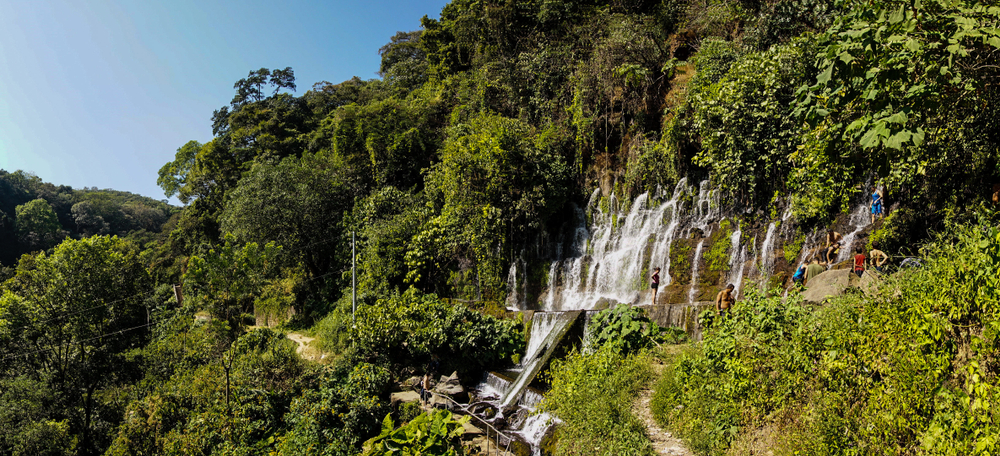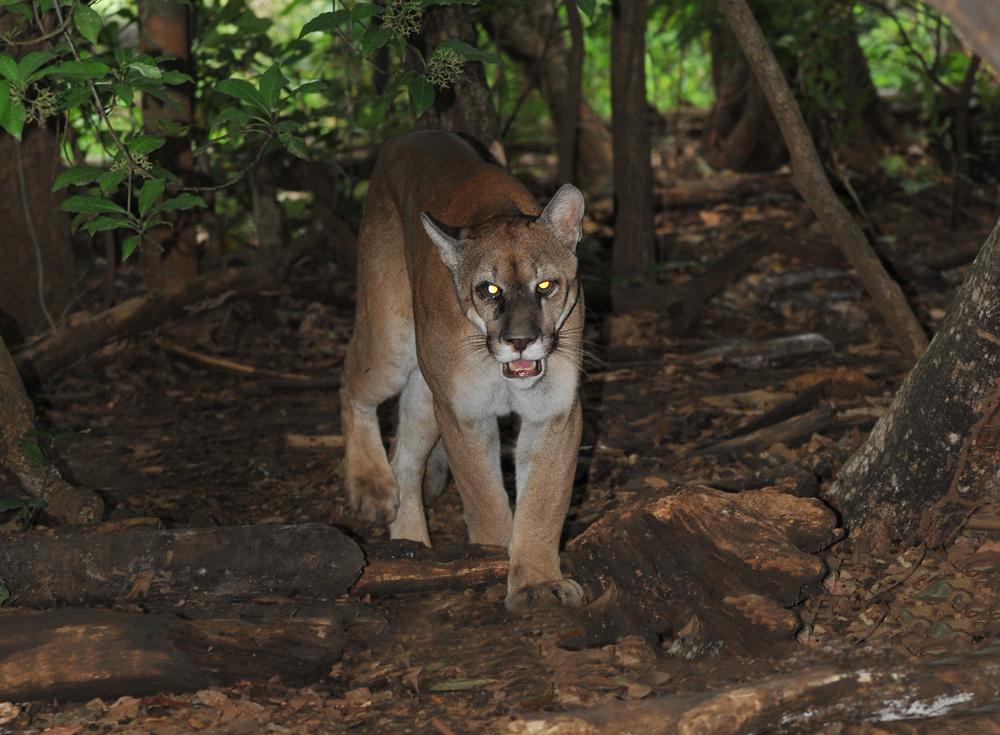Cerro Verde Overview
Cerro Verde National Park, or Parque Nacional Cerro Verde in Spanish, is a stunning natural reserve located in El Salvador. Covering approximately 22 square miles (57 square kilometers), the park is part of the Apaneca-Ilamatepec mountain range in the western region of the country.
It is best known for its three prominent volcanoes—Izalco, Santa Ana (Ilamatepec), and Cerro Verde—each offering unique landscapes and ecological diversity. Situated at an elevation of over 6,500 feet (2,000 meters), the park provides breathtaking panoramic views of Lake Coatepeque and the surrounding valleys.
The terrain of Cerro Verde National Park is a mix of cloud forests, volcanic craters, and rugged mountain slopes. The park’s namesake, Cerro Verde, is an extinct volcano covered in lush vegetation, making it an excellent habitat for a diverse array of flora and fauna. Unlike its neighboring volcanoes, which are characterized by barren slopes and past eruptions,
Cerro Verde is blanketed in thick greenery, including towering trees, moss-covered trunks, and vibrant orchids. Santa Ana Volcano, the highest in El Salvador, features a massive crater with a striking turquoise sulfur lake, while Izalco, known as the “Lighthouse of the Pacific,” has a dark, rocky cone formed by its continuous eruptions from the 18th to the 20th century.
Cerro Verde National Park is home to a variety of wildlife, particularly bird species that thrive in its cloud forest environment. Among the most sought-after sightings are the resplendent quetzal, emerald toucanet, and the elusive black-crested coquette hummingbird.
Raptors such as hawks and kestrels are also frequently spotted soaring above the volcanic ridges. Mammals in the park include armadillos, agoutis, and the rare ocelot, while reptiles such as iguanas and snakes can also be found in the undergrowth. The diverse ecosystem supports a variety of insects and amphibians, contributing to the park’s overall ecological richness.
Visitors to Cerro Verde National Park often engage in a range of outdoor activities, with hiking being the most popular. The well-maintained trails offer routes to the summits of Santa Ana and Izalco, providing adventurers with unparalleled views and the chance to witness the geothermal activity of the region.
A more leisurely option is the scenic nature walk around Cerro Verde, which allows visitors to explore the lush forest and encounter native wildlife. The park also features designated viewpoints such as the Mirador de las Águilas, where travelers can admire the dramatic landscapes stretching toward the Pacific Ocean.
Lake Coatepeque, located just outside the park, is another highlight, offering opportunities for boating, swimming, and lakeside relaxation.
Conservation efforts in Cerro Verde National Park focus on protecting its fragile cloud forest ecosystem and preserving its volcanic landscapes. The park is managed by the Salvadoran Institute of Tourism (ISTU) in collaboration with conservation organizations that work to maintain biodiversity and combat deforestation.
One of the challenges faced by the park is the encroachment of agricultural activities and illegal logging, which threaten native habitats. However, ecotourism initiatives and sustainable tourism practices have contributed to the park’s conservation success, promoting environmental awareness and generating funds for continued protection.
Reforestation programs and wildlife monitoring efforts have helped maintain the delicate balance of the park’s ecosystem, ensuring that its natural beauty remains for future generations to enjoy.














































































